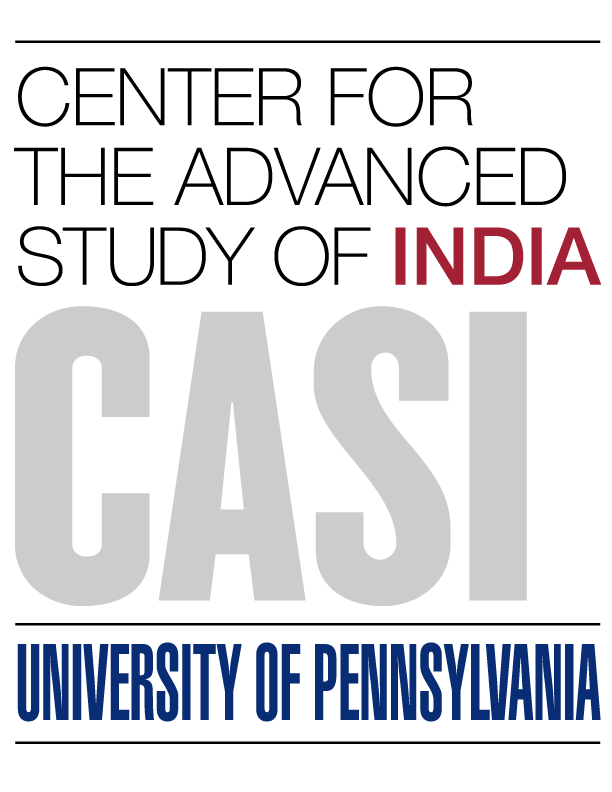Computer Education in a Connected World: The Vulnerability of Students Coming Online
In summer 2015, Indian Prime Minister Narendra Modi delivered the inaugural speech for the launch of Digital India, his program to “transform India into a digitally empowered society and knowledge economy.” In the speech, Modi announced that “IT + IT = IT” or, as he elaborated, “Indian Talent + Information Technology = India Tomorrow.” Modi went on to say that technology is the most important thing India should teach its children.




